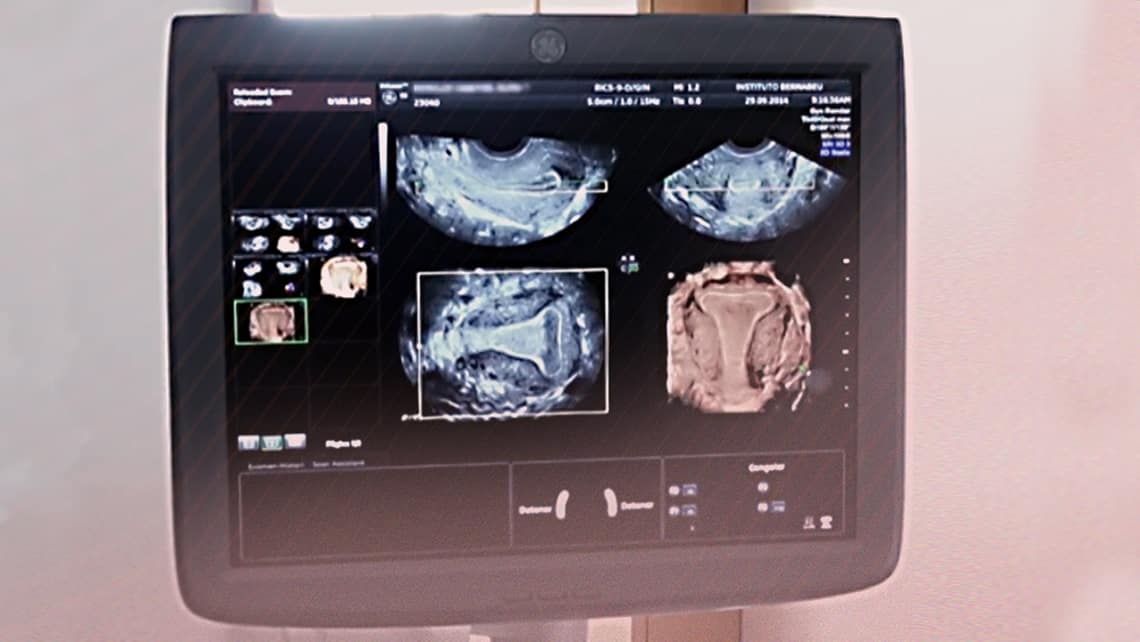Fertility & Sterility highlights a study by Instituto Bernabeu about uterine contractions with 4D utrasound to diagnose implantation failure
July, 29th 2021

Scientific journal Fertility & Sterility has just published the Instituto Bernabeu research “4D ultrasound as a method to assess uterine peristalsis” that studied uterine peristalsis using 4D ultrasonography. The specialized publication has echoed the conclusions of the novel research led by Dr Belen Moliner on uterine contractions through 4D ultrasound and its relationship with progesterone levels. A study that can be a diagnostic tool in specific cases of implantation failure.
The study has evaluated the outcomes of 197 patients with a history of recurrent implantation failure who have failed in their goal of achieving pregnancy in three or more oocyte donation cycles. A good part of the studies points to the embryo’s quality as the main reason for implantation failure; Hence, this research has sought to investigate whether there are uterine factors involved in the embryo not implanting in the maternal uterus. For this reason, the research has focused on the process with women undergoing donation cycles, as these embryos usually have more implantation capacity.
Through a 6-minute recording of the 4D ultrasound, the experts have evaluated uterine contractility. Prior the embryo transfer, the patient’s progesterone levels and contractions were analysed. Among other conclusions, the research notes that patients with low progesterone levels tend to suffer more uterine contractions. Dr Moliner recognizes that although the factors causing implantation failure are very varied, in the group of patients with high uterine contractions associated with low progesterone levels, 4D ultrasound can be “a promising diagnostic tool in clinical practice”. The doctor warns that more studies are necessary in this line to confirm the initial results of this research. And among them, the study of progesterone in certain groups of patients with high contractility.
“4D ultrasound as a method to assess uterine peristalsis”
B. Moliner, J. Ll. Aparicio, F. Sellers, J. C. Castillo, A. Fuentes, A. Bernabeu, R. Bernabeu
